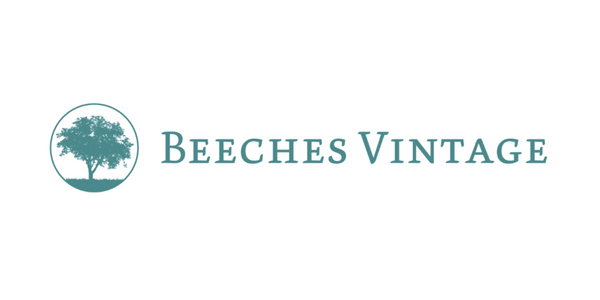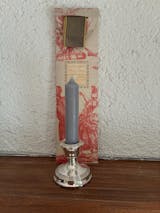
A Short History of Decanter Labels
Decanter labels, also known as decanter tags or bottle tags or tickets, have a lovely history closely tied to the traditions of serving and enjoying wines and spirits. These labels are small decorative pieces, often made of sterling silver, that are hung around the neck of a decanter to identify its contents.
The use of decanter labels became popular in the Georgian and Victorian eras, particularly in England. The design of these labels was often simple and practical, serving the primary purpose of indicating the type of spirit or wine within the decanter.

Georgian Madeira Label Hallmarked 1811
By the late 19th century silverwork and craftsmanship flourished. The Art Nouveau and Art Deco movements influenced the design of decanter labels. Art Nouveau labels often featured flowing lines, while Art Deco labels tended to be more geometric and modern in design. Ornate silver plated labels also started to become more popular as a cheaper option to sterling silver ones.

1930s Art Deco Silver Plated Sherry Label
By the 1940s decanters became less popular and consequently the use of labels also declined. However, they rose in popularity again in the 1970s and 80s as people started to give them as nostalgic gifts, often to hang on bottles rather than a decanter, hence the additional names of bottle ticket or tag. These ones became more ornate, with Sherry decanter labels featuring designs that reflected the characteristics of sherry or the region where it is produced such as grapevines or shells.

Ornate 1980s Sherry Label featuring grapes and shells
Today, silver decanter labels are considered both collectibles and functional items. They provide a touch of elegance and nostalgia and are very popular gifts, particularly at Christmas.









